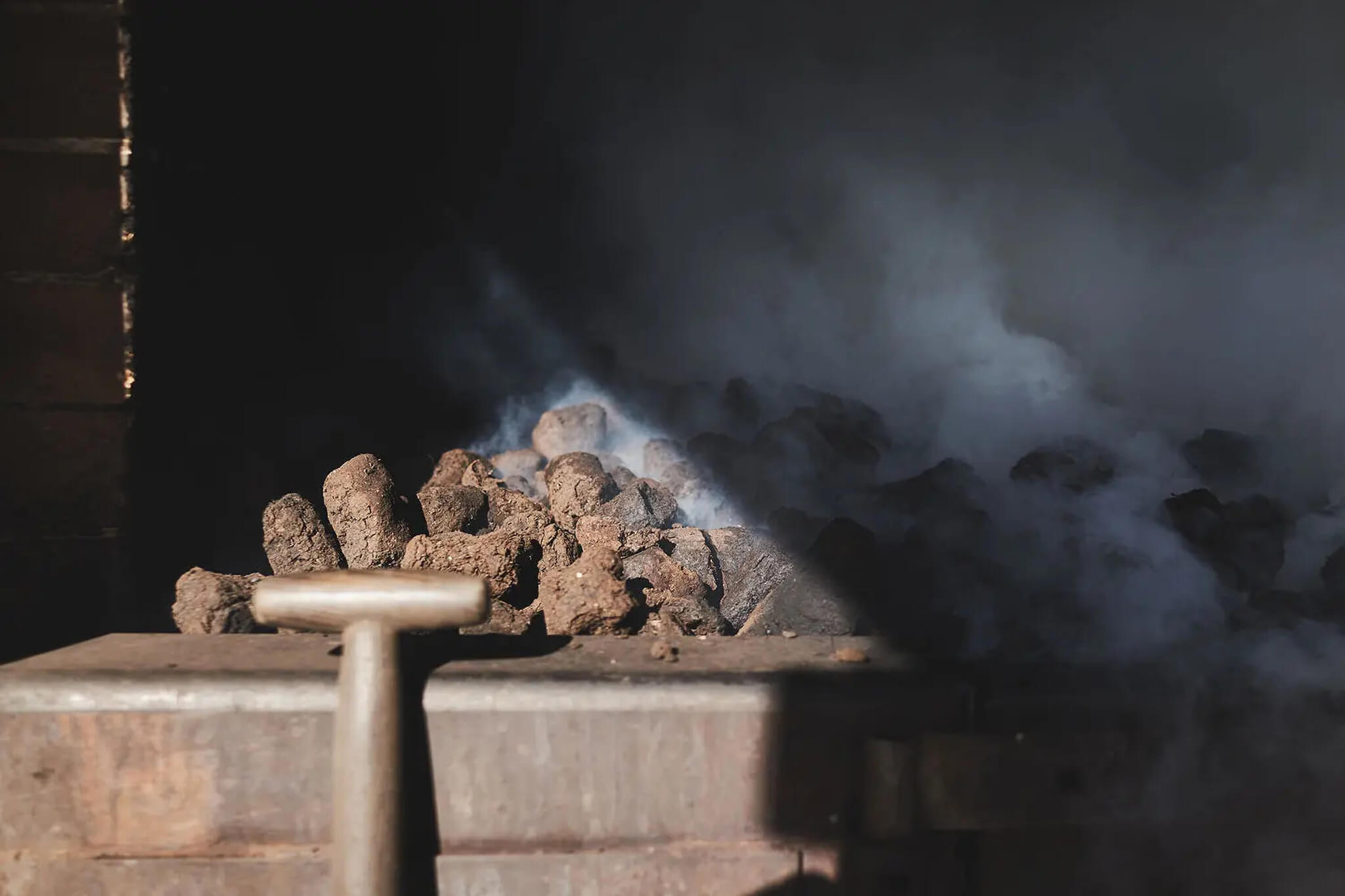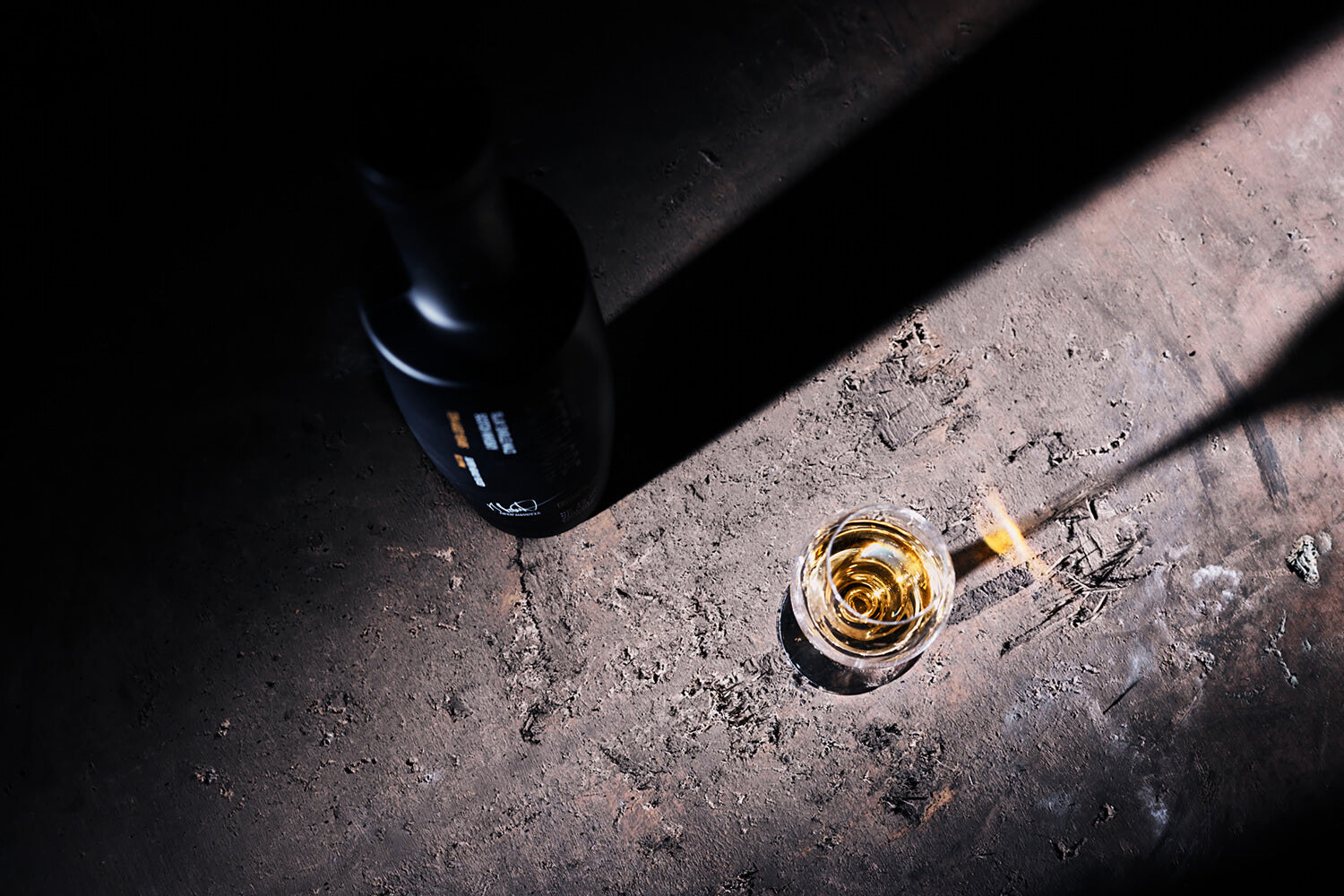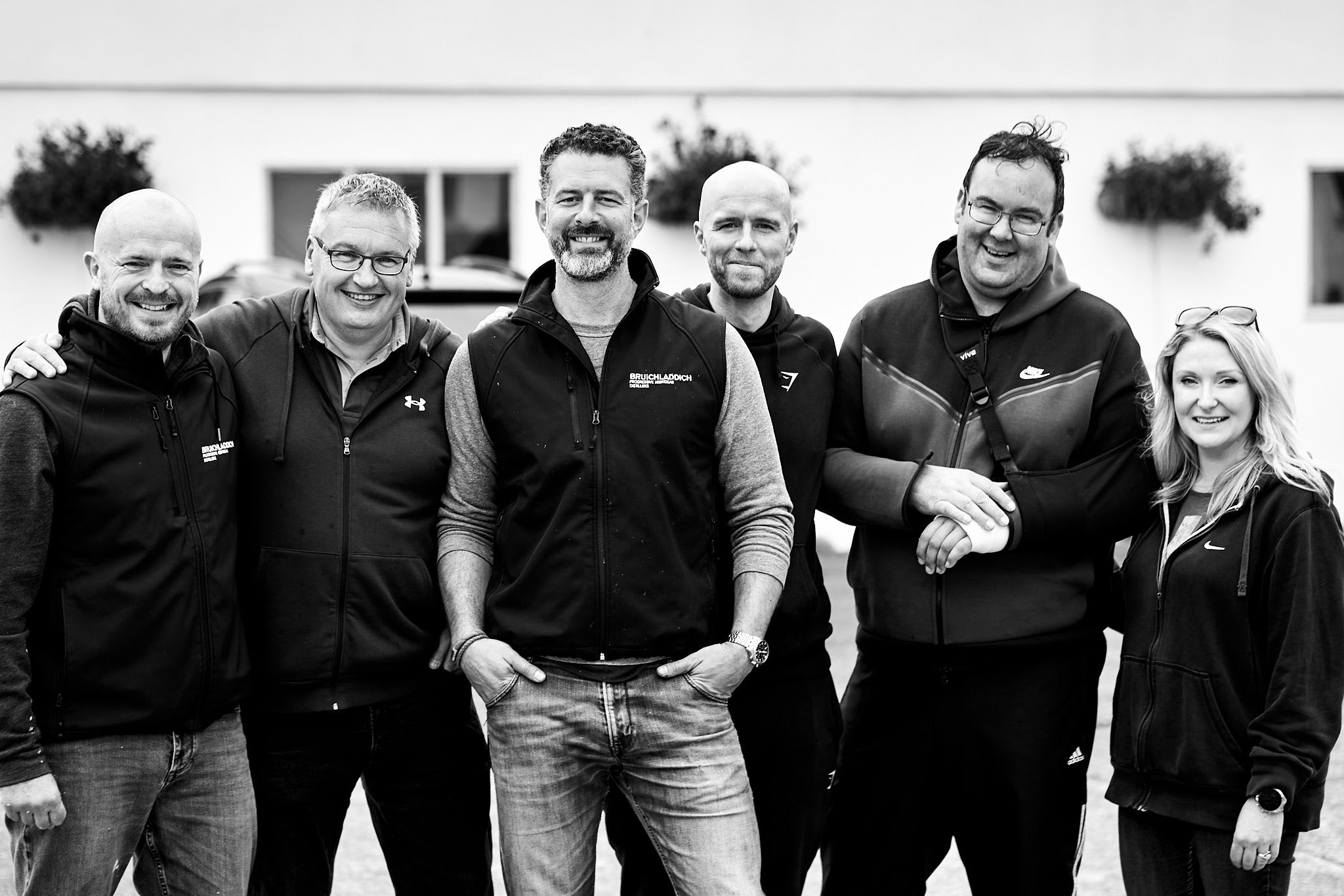cask strength stories
please read responsibly.
Explore our latest stories and keep up to date with news from the distillery.

News
THE PEAT ESSAYS - AN INTRODUCTIONThe beginning of the fascinating and essential story of "Peat in Scotch
Whisky - From Fire to Flavour", by guest writer Angus MacRaild.

A guide to the octomore numbering system
When it comes to our Octomore series' numbering system, we've fallen into a rhythm over recent years.

